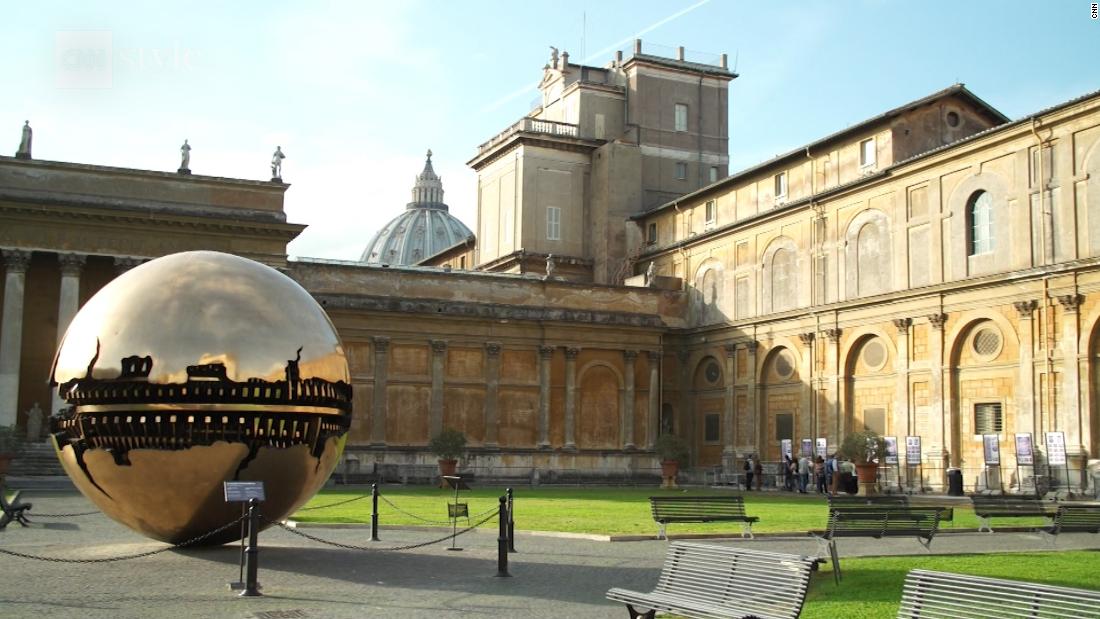The so-called Belvedere Palace is located in Rome, north of St. Peter’s Basilica. It was built in the sixteenth century by order of Pope Julius II. And, now, they are painting it. Which would not be exceptional if it were not because they are doing it with milk.

This substance has been used to paint walls and surfaces from the remotest antiquity. It was used by the Egyptians and also by many pre-Columbian peoples. But recent research has revealed that casein, one of the proteins in milk, has excellent properties that help the painted walls to be preserved for much longer. For this reason, the technique of painting with milk is resurfacing today.
In the case of this Roman palace, the technicians are mixing the milk with lime and natural pigments, to give the walls the creamy hue they had originally. In addition, the milk used comes from the udders of pontifical cows, which are raised on the farm that the Vatican has in Castel Galdonfo, about 30 kilometers from Rome. They are, in total, twenty-five cattle that produce an average of fifty liters of milk per day, which are treated in a pasteurizer that is in the facilities.
The farm also cares for about three hundred hens, there are dozens of hives that produce honey, and several hectares of olive trees from which an average of 3,000 liters of oil are obtained. A part of the products that leave here ends up at the papal table, but the rest are offered at a supermarket in Annona, a term used in Italy to refer to agencies dedicated to distributing food to the neediest.
But, returning to the technique of painting with milk, its adoption is also due to an attempt that the restoration works of the Belvedere palace conform to the ecological guidelines that Pope Francis has outlined in his encyclicals.














